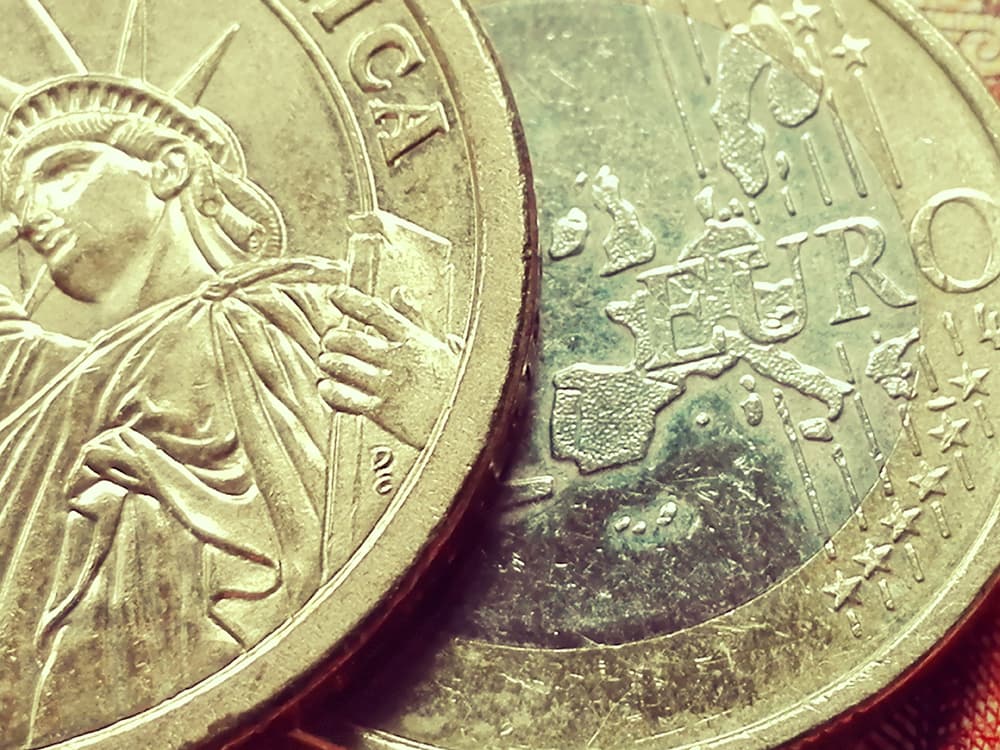How To Avoid Forex Markups In Global Transactions

Global ecommerce can be lucrative. However, engaging in it involves becoming familiar with an entirely new ecosystem.
One important aspect of the global ecommerce environment that aspiring international entrepreneurs need to grasp is the concept of foreign exchange (Forex) markups. Only then can you find ways to keep them to a minimum.
Forex markups defined
In spite of its advantages, multi-currency payment processing comes with its own set of complexities. Most notable are what are known as foreign exchange (Forex) markups.
In essence, these are the fees that providers (banks, financial institutions, or money exchange services) add to the base exchange or mid-market rate to convert one form of currency to another.
When banks trade currencies with each other in real-time, they charge the base rate.
The Forex markup represents the difference between this base rate, and what your business is charged to receive the monetary conversion service.
It stands to reason that financial institutions get paid for their conversion services. They use these fees to cover risks, pay associated costs, and leave enough room for a small profit.
Although an individual markup charge is tiny, global sellers should recognize that the costs do add up over time.
Calculating a Forex markup
You don’t need an accounting degree to calculate the Forex markup you will need to pay. Simply obtain the baseline exchange rate between U.S. dollars and whatever currency to which you want to convert.
This is available on Google or from many other financial sites. Then find out your provider’s markup rate, which will probably be somewhere around 2.4% to 3%.
Multiply the baseline exchange rate by this percentage, and add it to the initial baseline rate to get the final figure.
Strategies to minimize Forex markup fees
There are several steps you can take to keep markup fees to a minimum. They include utilizing certain types of credit cards, opening a multi-currency account, paying in the local currency, negotiating with suppliers, using forward contracts, and opening local bank accounts.
Forex markups might not represent a deluge of charges to your business, but they can slowly drain your resources. Fortunately, there are ways to reduce their sting on your wallet.
Not all credit cards are created equal. If you use an international card to pay for any of your business expenses, be careful to choose one that does not charge international transaction fees.
Another option is to open an account that allows you to make transactions and transfers in more than your own monetary denomination. Whenever possible, make all payments or purchases in the local currency, as opposed to using the dynamic currency conversion that is often offered by merchants.
Selling on a global scale often involves paying suppliers from other countries. Make an effort to negotiate a discount with your vendors by offering to pay in their local currency.
If you frequently make large or recurring international payments, it also makes sense to discuss the possibility of entering into what is known as a forward contract. This agreement allows you to lock in a specific exchange rate for a future date.
Doing so helps to protect you against inevitable fluctuations in the exchange rate marketplace.
Finally, you can save some money in the long run if you establish a financial relationship in the countries where you do business. In places where you expect your customer base to grow, it may make sense to open a local bank account there.
Once you do, you can make and accept international transactions without incurring higher Forex markup fees.






















